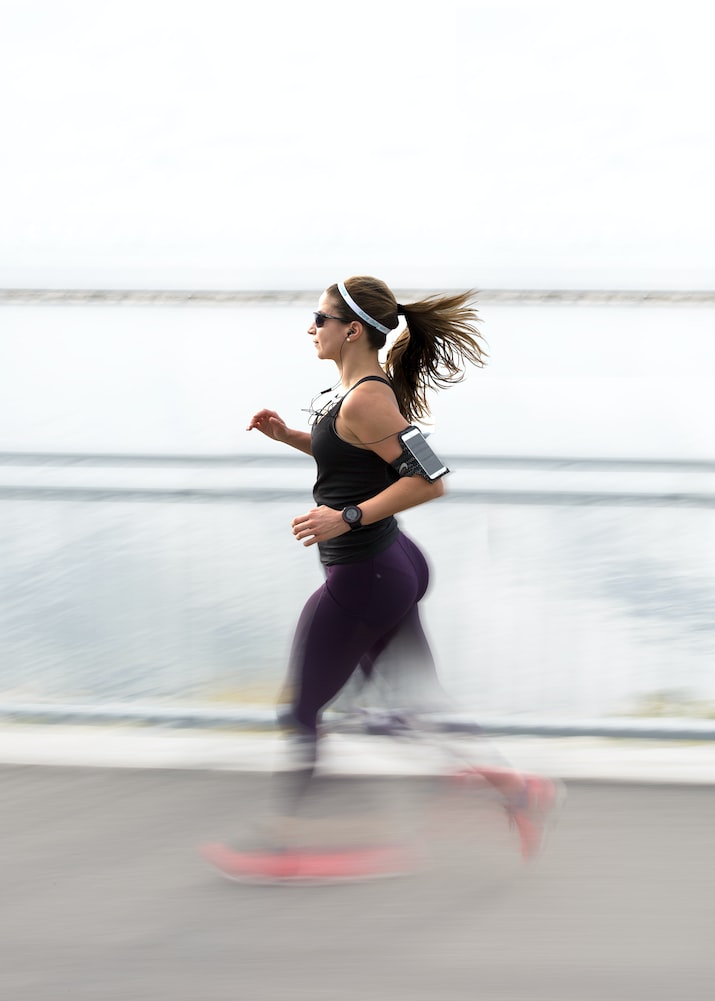Recovering from Knee Injuries: Tips for Padel Players
3 min read
Recovering from Knee Injuries: Tips for Padel Players
Greetings, fellow padel enthusiasts! If you are reading this article, chances are you’ve faced the dreaded setback of a knee injury while playing our beloved sport. Fear not, for I am here to guide you through the process of recovering and getting back on the court in no time. Dealing with padel injuries can be tough, but with the right strategies, we can bounce back stronger than ever!
1. Listen to Your Body
As padel players, we often push our bodies to the limit, but it’s crucial to know when to take a step back. Ignoring pain or discomfort can worsen the injury and prolong the recovery process. If you experience knee pain while playing or even during everyday activities, it’s time to give yourself a break and seek professional advice.
2. Seek Professional Help
A qualified sports therapist or orthopedic specialist should be your go-to person for diagnosing and treating knee injuries. They will be able to assess the extent of the damage, provide an accurate diagnosis, and guide you towards a tailored recovery plan. Remember, every injury is unique, and what worked for someone else may not work for you.
3. Rest and Ice
Rest is an essential part of any recovery process. Allow your knee time to heal and avoid activities that aggravate the injury. Applying ice to the affected area for 15-20 minutes several times a day can help reduce inflammation and alleviate pain. Just make sure to wrap the ice pack in a cloth to protect your skin.
4. Strengthen Your Surrounding Muscles
A strong and stable knee depends on the strength of the surrounding muscles. As you gradually recover, focus on exercises that target your quadriceps, hamstrings, and calf muscles. These exercises can range from simple bodyweight movements to more advanced exercises using resistance bands or weights. Remember to start slowly and gradually increase intensity to avoid further injury.
5. Modify Your Padel Technique
While undergoing recovery, it may be necessary to modify your padel technique slightly to accommodate your healing knee. Speak with a padel coach or instructor to understand how you can adapt your movements to put less strain on your injured knee. They may suggest changes to your footwork, stance, or swing technique that can reduce the risk of reinjury.
6. Gradual Return to Play
One of the biggest mistakes padel players make is rushing their return to the court. Even when you start feeling better, it’s important to take baby steps and gradually reintroduce padel into your routine. Start with light hitting sessions or practice drills and monitor how your knee responds. If there is any discomfort or pain, it’s a sign to scale back a bit and give yourself more time to recover.
7. Supportive Gear
Incorporating supportive gear such as knee braces or compression sleeves can provide extra stability and reduce strain on your injured knee. These accessories are widely available and can be a valuable addition to your recovery toolkit. Just make sure you consult with your healthcare professional to find the gear that suits your specific injury.
Remember, dealing with padel injuries can be frustrating, but practicing patience and following a structured recovery plan will pay off. Keep a positive mindset, stay disciplined in your rehab routine, and before you know it, you’ll be back on the court with your padel buddies, smashing those forehands and reveling in the joy of this amazing sport we love!






